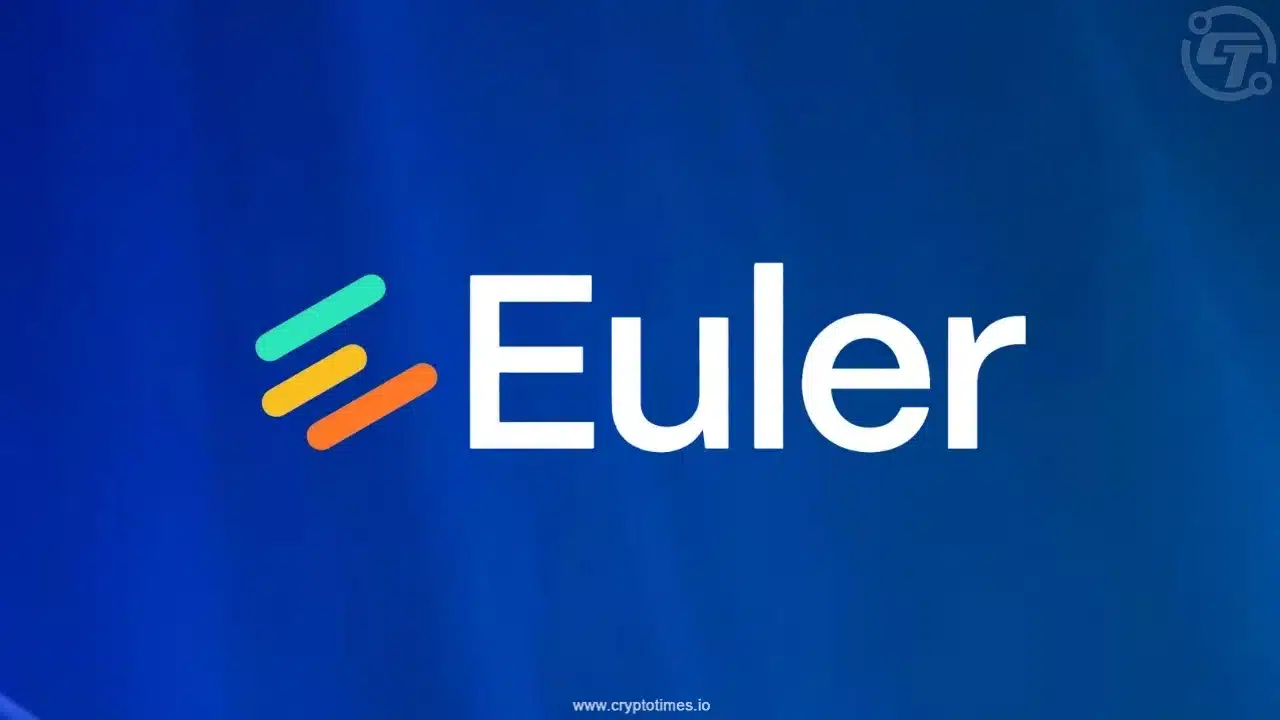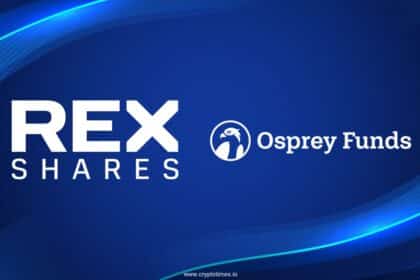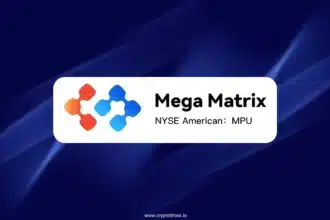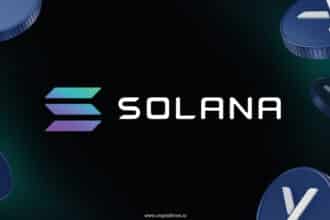Euler Finance announced on October 3, 2025, that it will support PT-tUSDe as a new collateral asset. The update was revealed in a short post on the protocol’s official X account.
The move signals an expansion of assets supported on Euler’s lending platform, but details on risk controls, collateral limits, and implementation are still awaited.
How PT-tUSDe collateral works
PT-tUSDe is part of the Pendle Finance ecosystem, where staked tokens can be split into two components: Principal Tokens (PTs), which lock in fixed yield until maturity, and Yield Tokens (YTs), which represent variable returns.
In this case, PT-tUSDe represents the principal portion of staked Ethena USDe deposits, while the process able users to:
- Deposit their PT-tUSDe tokens into the platform.
- Borrow USDe or other supported assets against that deposit, while still retaining exposure to the underlying fixed yield from the PT.
- Leverage their position by using borrowed funds for additional strategies, such as yield farming or liquidity provision, without selling the original token.
This creates opportunities for users to put their fixed-yield positions to work as collateral, turning passive returns into active liquidity.
What the community will watch for next
While the post confirms support for PT-tUSDe collateral, important details have yet to be published. These typically include loan-to-value (LTV) ratios, liquidation thresholds, oracle price feeds, and results of any security audits. Such parameters are critical for users to assess how much they can safely borrow and what risks are involved.
Implications for DeFi users and protocols
The addition of PT-tUSDe reflects a broader shift in DeFi lending, where protocols are moving beyond conventional collateral like ETH and stablecoins to include structured yield-bearing assets.
For Euler, supporting Pendle’s principal token could draw in more advanced users who actively manage APY strategies within Pendle’s ecosystem.
For borrowers, this type of collateral offers greater capital efficiency, since they can unlock liquidity while still maintaining an income stream from their yield positions. At the same time, the use of derivative tokens introduces new risks, including valuation challenges at maturity and reliance on accurate oracle pricing.
How Euler sets its risk parameters will determine whether the benefits outweigh these added complexities.
Also read: Aave Founder Believes that Declining Rates Could Ignite DeFi Revival












